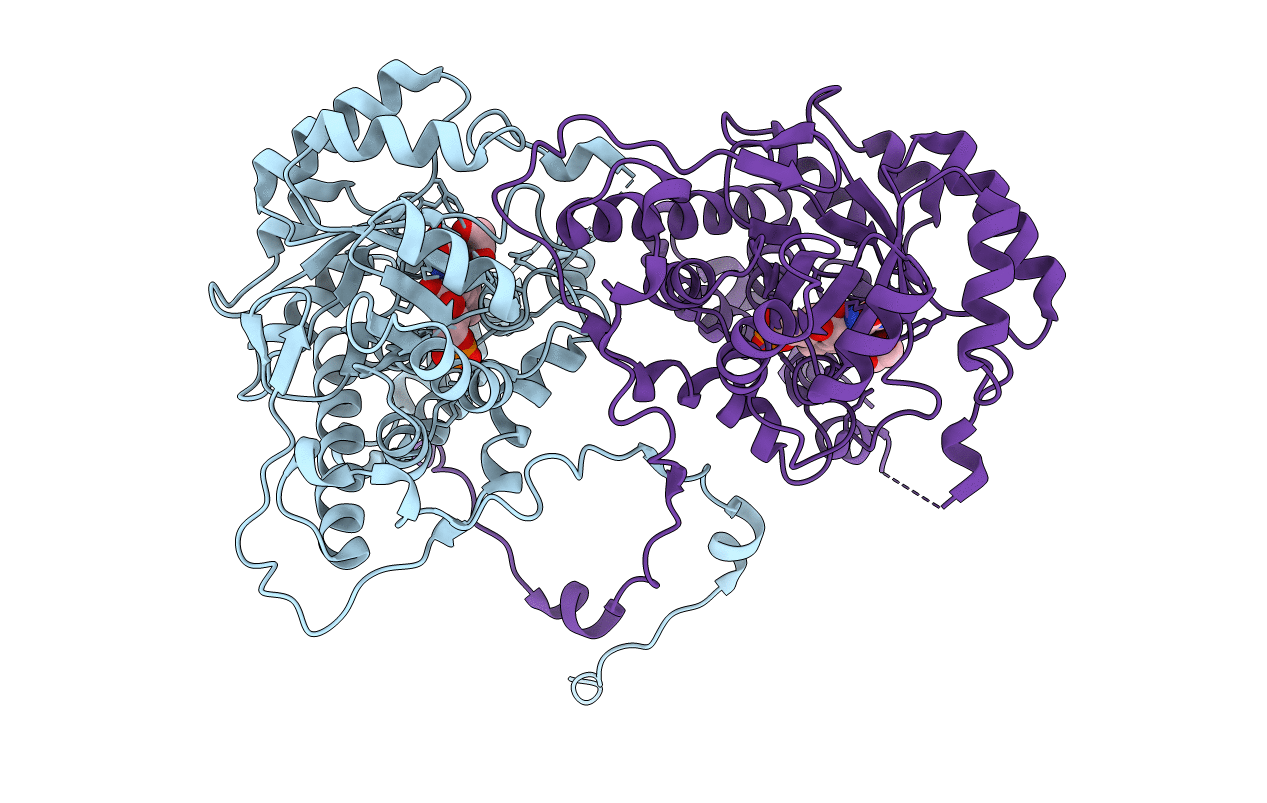
Deposition Date
2001-11-06
Release Date
2002-04-03
Last Version Date
2023-08-16
Entry Detail
PDB ID:
1KBJ
Keywords:
Title:
Crystallographic Study of the Recombinant Flavin-binding Domain of Baker's Yeast Flavocytochrome b2: comparison with the Intact Wild-type Enzyme
Biological Source:
Source Organism:
Saccharomyces cerevisiae (Taxon ID: 4932)
Host Organism:
Method Details:
Experimental Method:
Resolution:
2.50 Å
R-Value Free:
0.20
R-Value Work:
0.15
Space Group:
P 21 21 2


